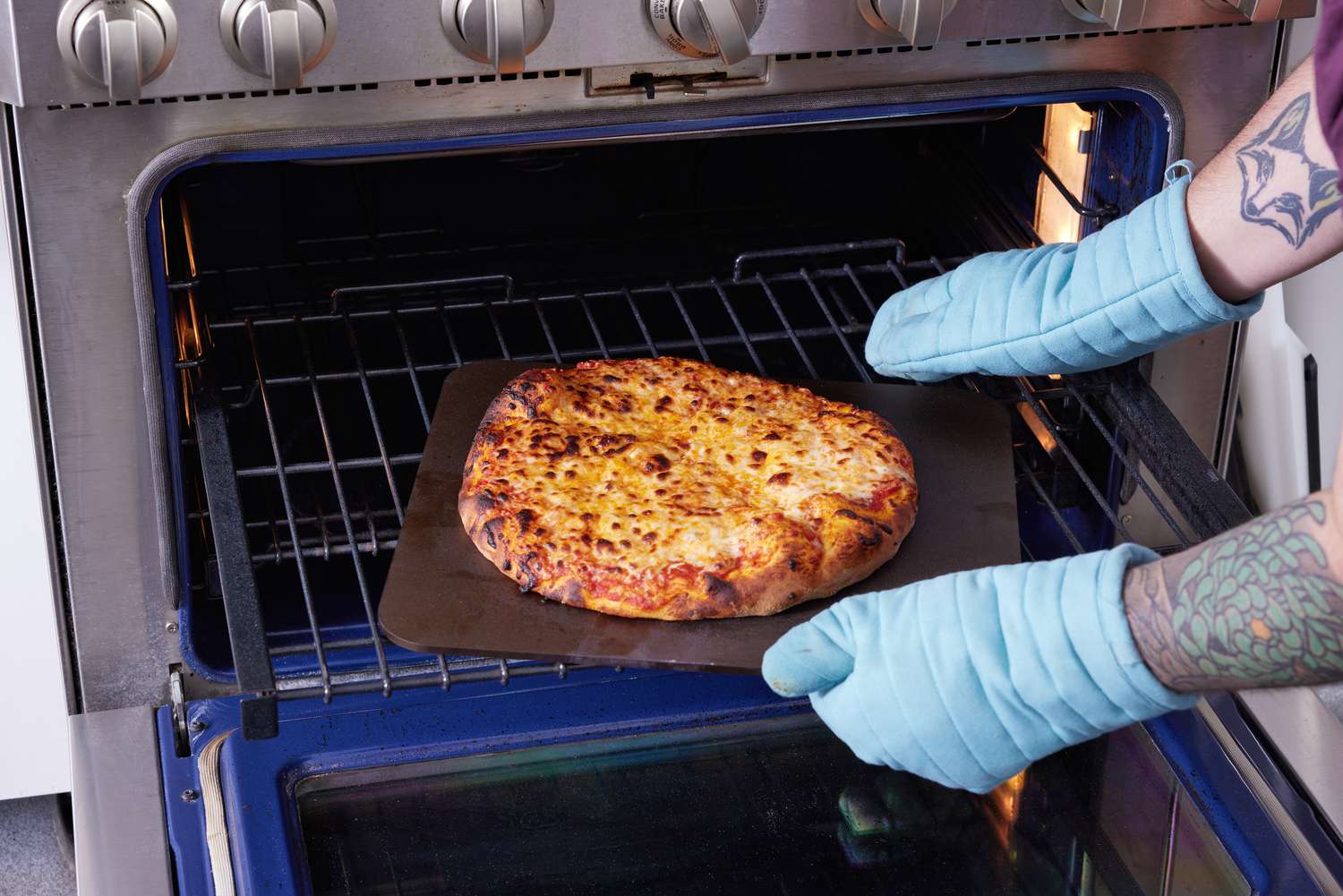In the bustling world of culinary arts, selecting the right equipment is as crucial as the ingredients themselves. Among these essential tools are the ever-popular sizzling plates, which add a dramatic flair to any dish they serve. But the question often arises: should you opt for stone sizzling plates or metal sizzling plates? This guide dives deep into the nuances of each to help kitchen professionals make an informed choice.

The Appeal of Sizzling Plates
Sizzling plates have long been a staple in both home kitchens and professional settings. Their ability to retain heat and present dishes in a visually appealing manner makes them a favorite among chefs and diners alike. Whether its a juicy steak or a medley of vegetables, the sizzle that accompanies the presentation is sure to captivate.
For those looking to inject some excitement into their dishes, incorporating a sizzling platter is an excellent choice. You can find more ideas on how to do this at add drama to food.
Stone Sizzling Plates: What You Need to Know
Stone sizzling plates are known for their ability to retain heat for extended periods. This quality ensures that dishes remain warm throughout the dining experience. Made typically from materials like granite or lava stone, these plates are both durable and stylish.
One of the significant advantages of stone plates is their natural non-stick surface, which reduces the need for excessive oils or fats. This feature is particularly beneficial when preparing healthier meals. Furthermore, stone plates do not react with acidic foods, preserving the flavors of the dish.
For kitchen professionals interested in pricing details and comparisons, exploring resources like the best deals on various cookware can be enlightening.
Maintenance and Care
Caring for stone sizzling plates requires a gentle touch. Avoid using harsh detergents or abrasive scrubbers that could damage the surface. Instead, opt for warm water and a soft cloth. Regularly seasoning the stone can also help maintain its non-stick properties and extend its lifespan.
Metal Sizzling Plates: A Closer Look
On the other hand, metal sizzling plates are favored for their quick heat-up time and robust construction. Usually crafted from cast iron or stainless steel, these plates are designed to withstand high temperatures and frequent use.
One of the standout features of metal plates is their versatility. They can easily transition from stovetop to oven, offering chefs a wide range of cooking options. Additionally, metal plates are often lighter than their stone counterparts, making them easier to handle.
For those looking to enhance their sizzling plate experience with perfect pairings, exploring side dishes can provide wonderful inspiration.
Maintenance and Care
Maintaining metal sizzling plates is relatively straightforward. Ensure they are thoroughly dried after washing to prevent rust, especially if they are made of cast iron. Seasoning the plate periodically can also help maintain its non-stick surface and enhance its longevity.
Which is Right for Your Kitchen?
The choice between stone and metal sizzling plates ultimately depends on the specific needs of your kitchen. Stone plates are ideal for those prioritizing heat retention and flavor integrity, while metal plates are perfect for those valuing quick heat-up times and versatility.
For a broader perspective on sizzling plates and their uses, consider checking out the sizzling platter guide.

FAQ
Can I use stone sizzling plates on an induction cooktop?
Stone sizzling plates are generally not suitable for induction cooktops as they require direct heat to function effectively.
Are metal sizzling plates dishwasher safe?
While some stainless steel plates might be dishwasher safe, cast iron plates are usually not. It's best to hand wash them to preserve their seasoning layer.
Do sizzling plates require seasoning?
Yes, both stone and metal sizzling plates benefit from regular seasoning, which enhances their non-stick properties and prolongs their lifespan.
In conclusion, both stone and metal sizzling plates offer unique advantages that cater to different culinary needs. For kitchen professionals, understanding these differences can help in making an informed decision that aligns with their cooking style and preferences. Experimenting with different plates can lead to exciting culinary results and elevate the dining experience.
This article contains affiliate links. We may earn a commission at no extra cost to you.






Leave a comment
This site is protected by hCaptcha and the hCaptcha Privacy Policy and Terms of Service apply.